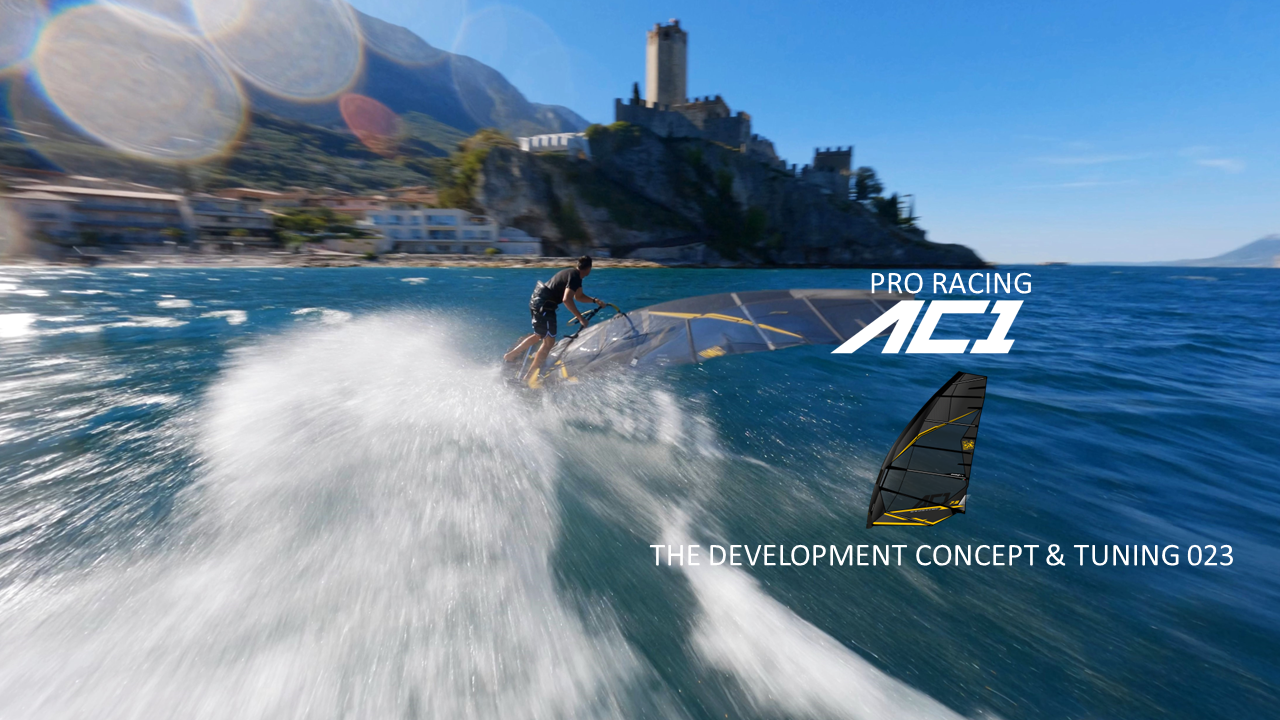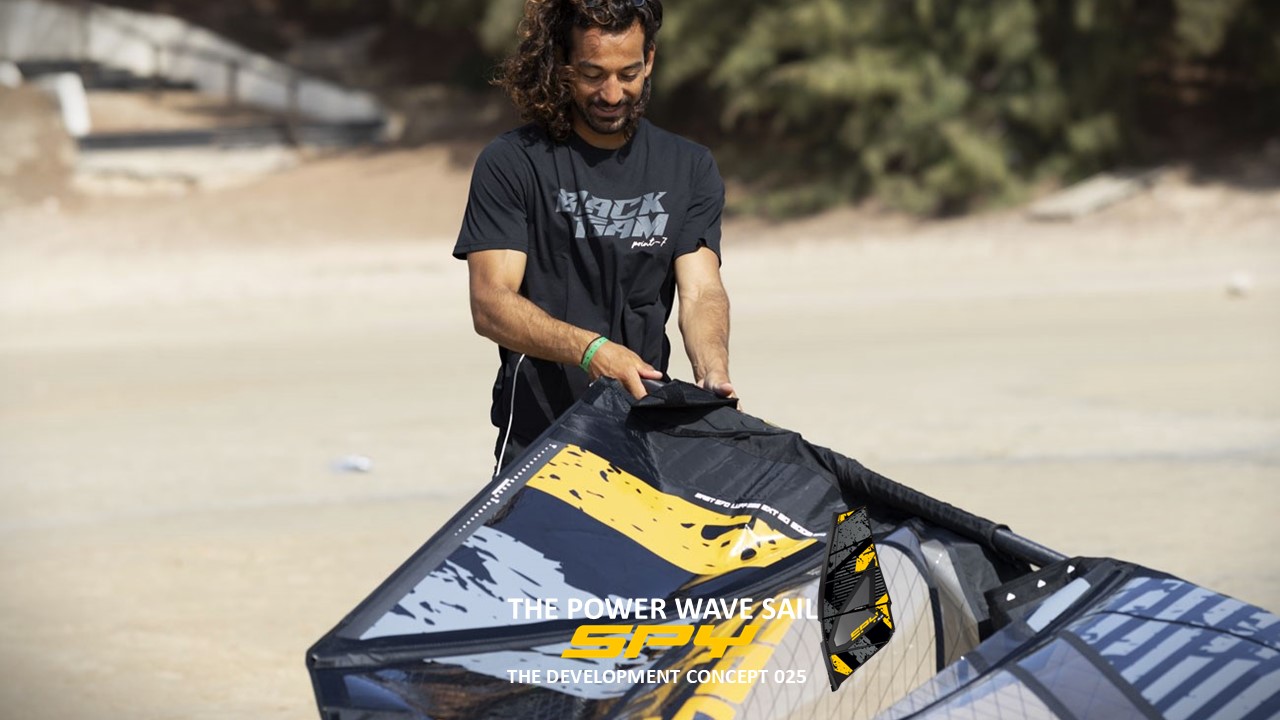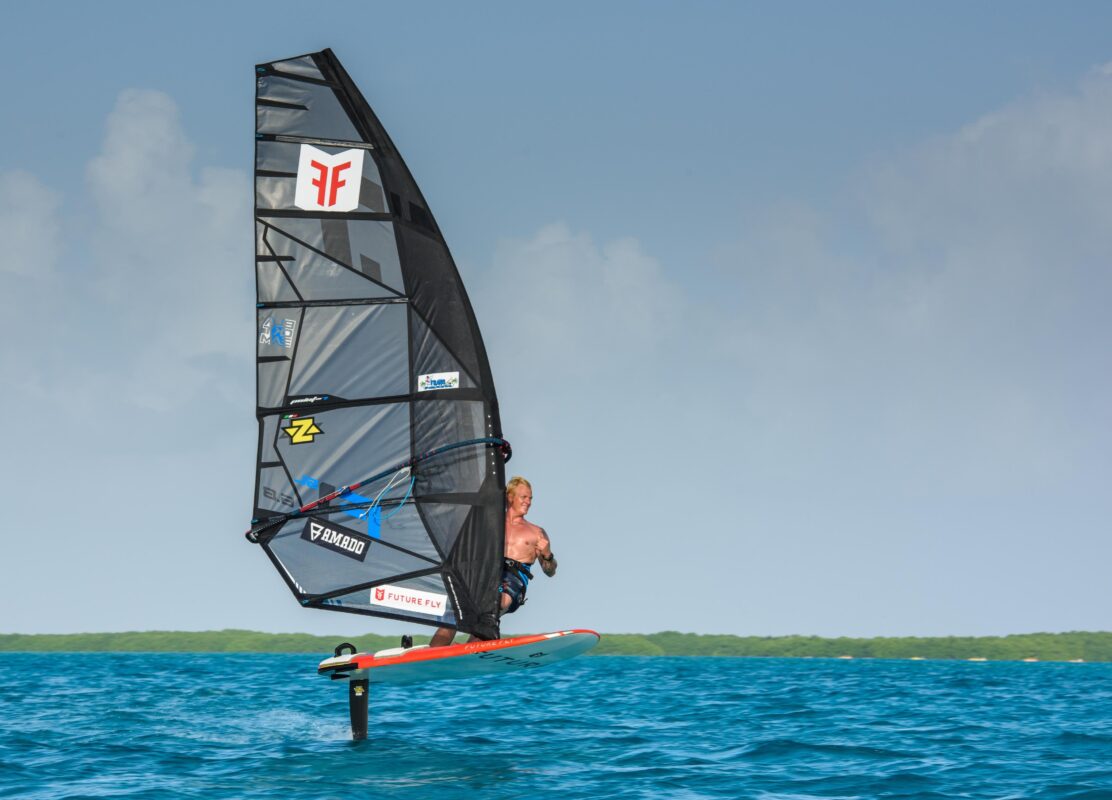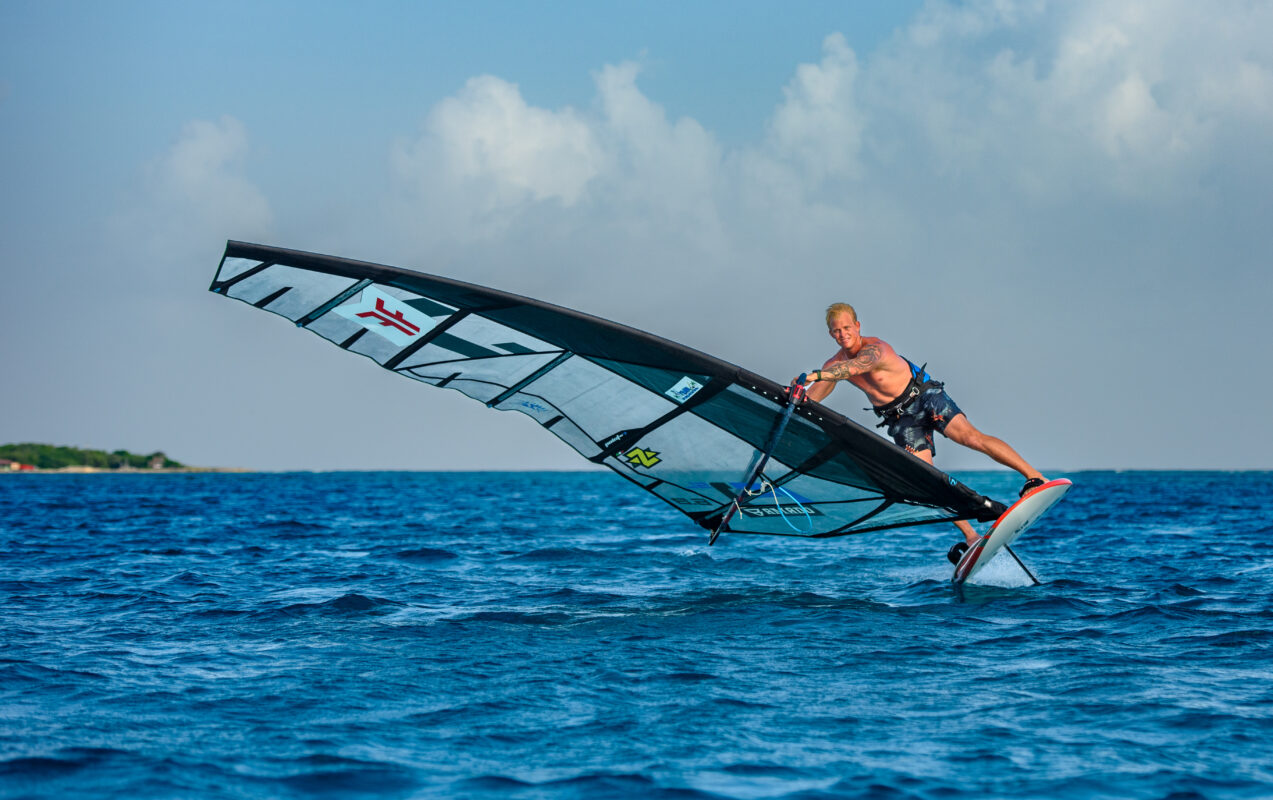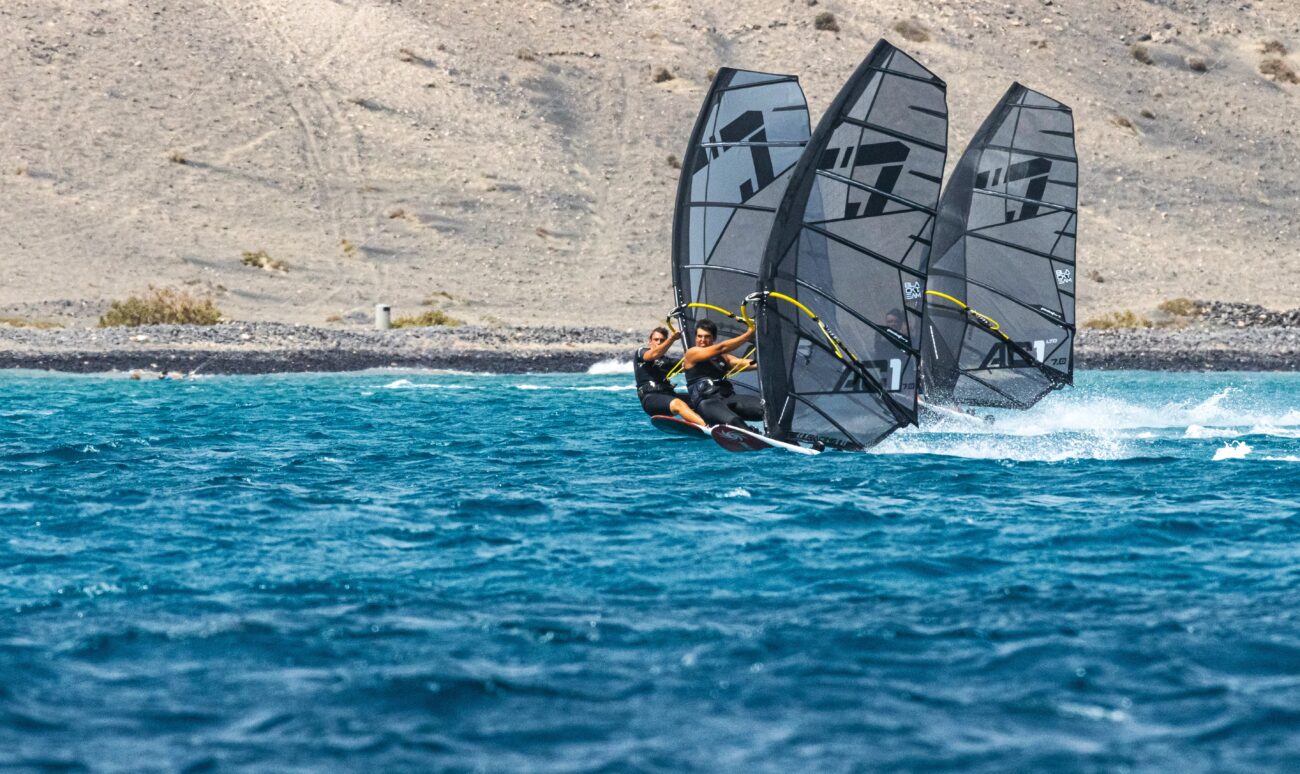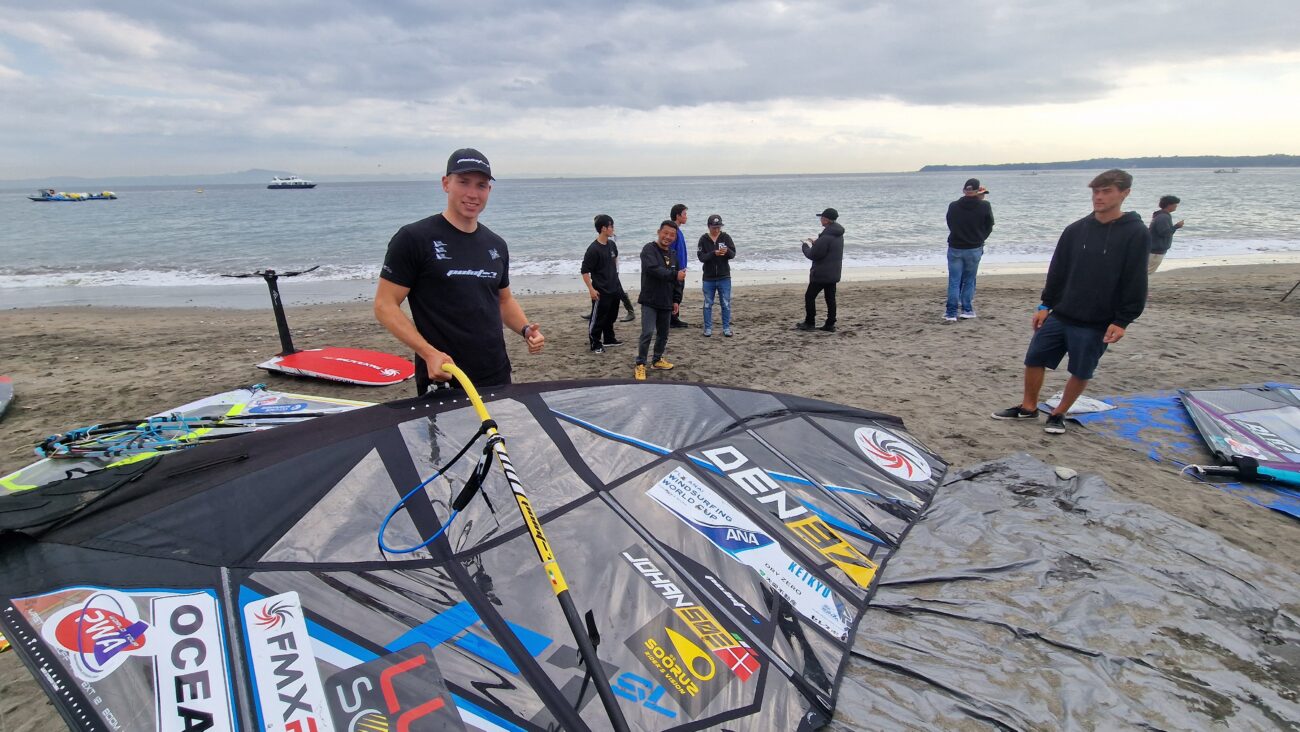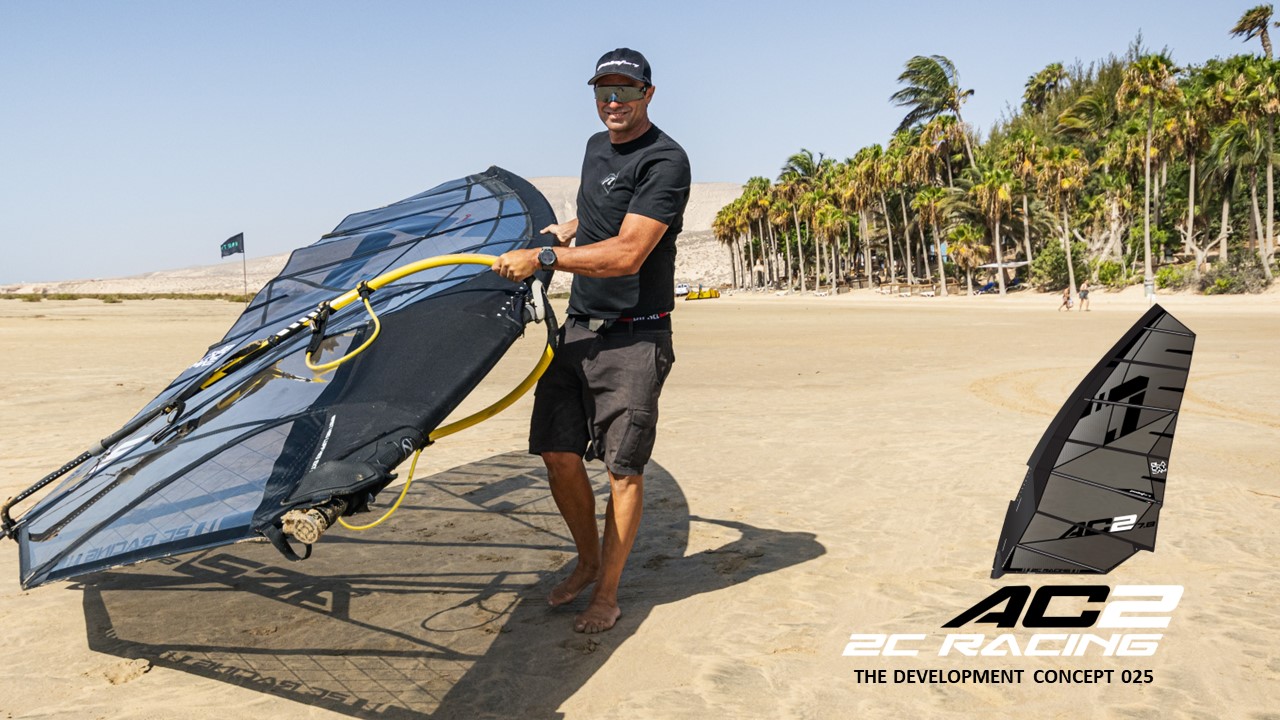WHAT MAKES THE AC-1 SO GOOD? TUNING TIPS BELOW!
The more time is spend on a sail, and after years of evolution (2007-2023), you know what has been done on it from the start till that moment that you’d like to develop a new version. Is it about getting up in the morning and wonder what needs to be tried? It could be as we dream of the next steps every moment. The truth is that you need to have used the sail in events, spent time with the team, with people who use the sail, with people who could give you a reason they are still not sure if they should take an AC-1 and only then you get the feedback to do a next step. Often people ask, but what else can you do to make it better? Well, you are already working on it and know what it can be.
Riders or people can give you feedback that you need to be able to filter and elaborate. Should we try this, should we try that? Yes we can but what exactly do you look for if you want a change?
You might believe it or not, even top riders in the end look for comfort. If they are comfortable it means that the focus will be racing, and not on their gear. They look for max horse powers with max control. The phrase power without control is nothing, it’s exactly it. Easy has to be the right word for a race sail. If it is easy to jibe, the exit will be clean. If it is easy to hold in the gust, the acceleration will be more efficient. If it is easy to keep stability in it, the stance of the rider will not move and the average speed will be higher. If the cam flip easy, you can push in a tight space in a jibe thanks to the maneuverability. If it is easy to go upwind or pump, you can get out from uncomfortable situations. Easy makes you focus on the race and gets you less tired throughout the whole day of racing.
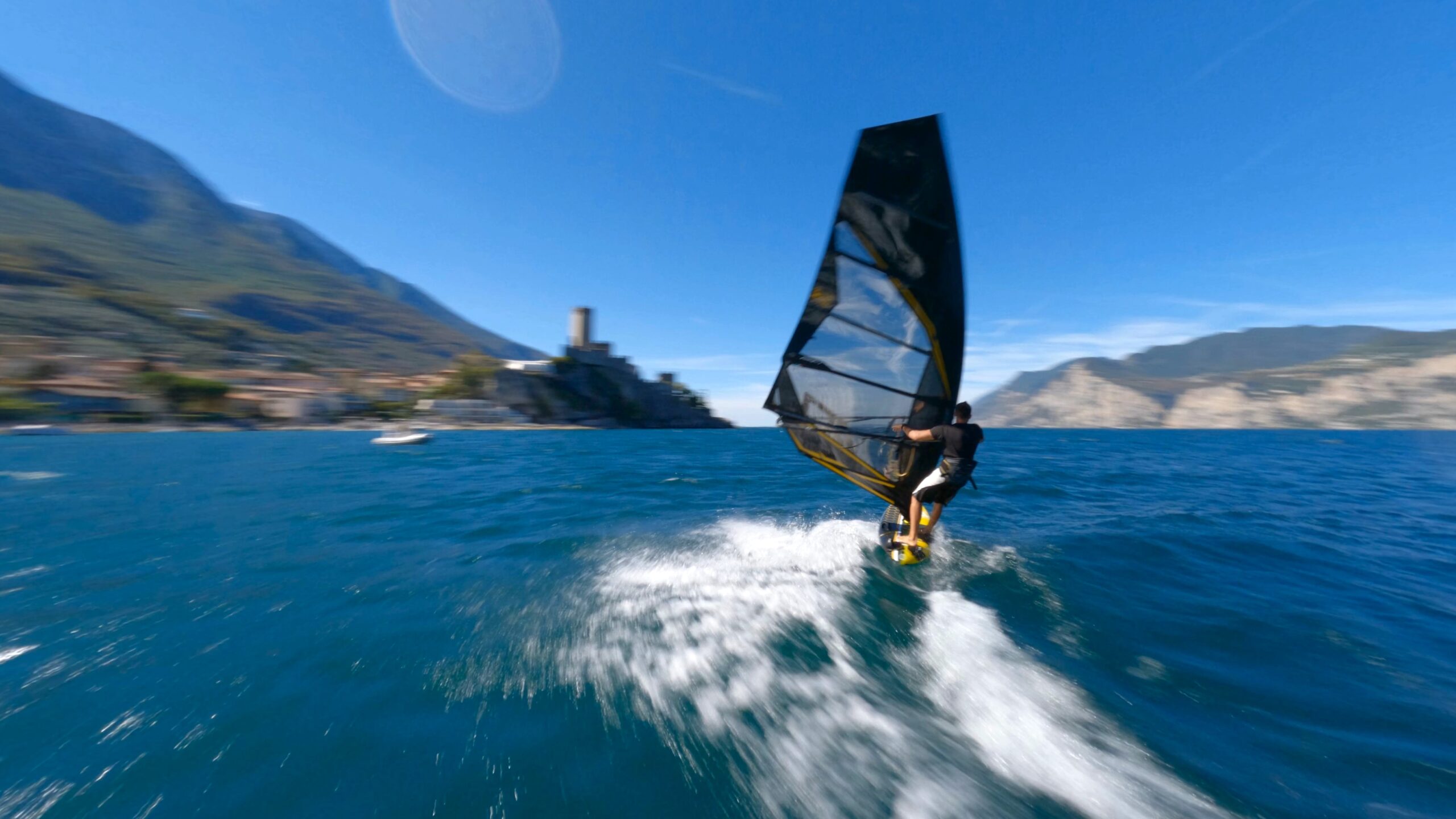
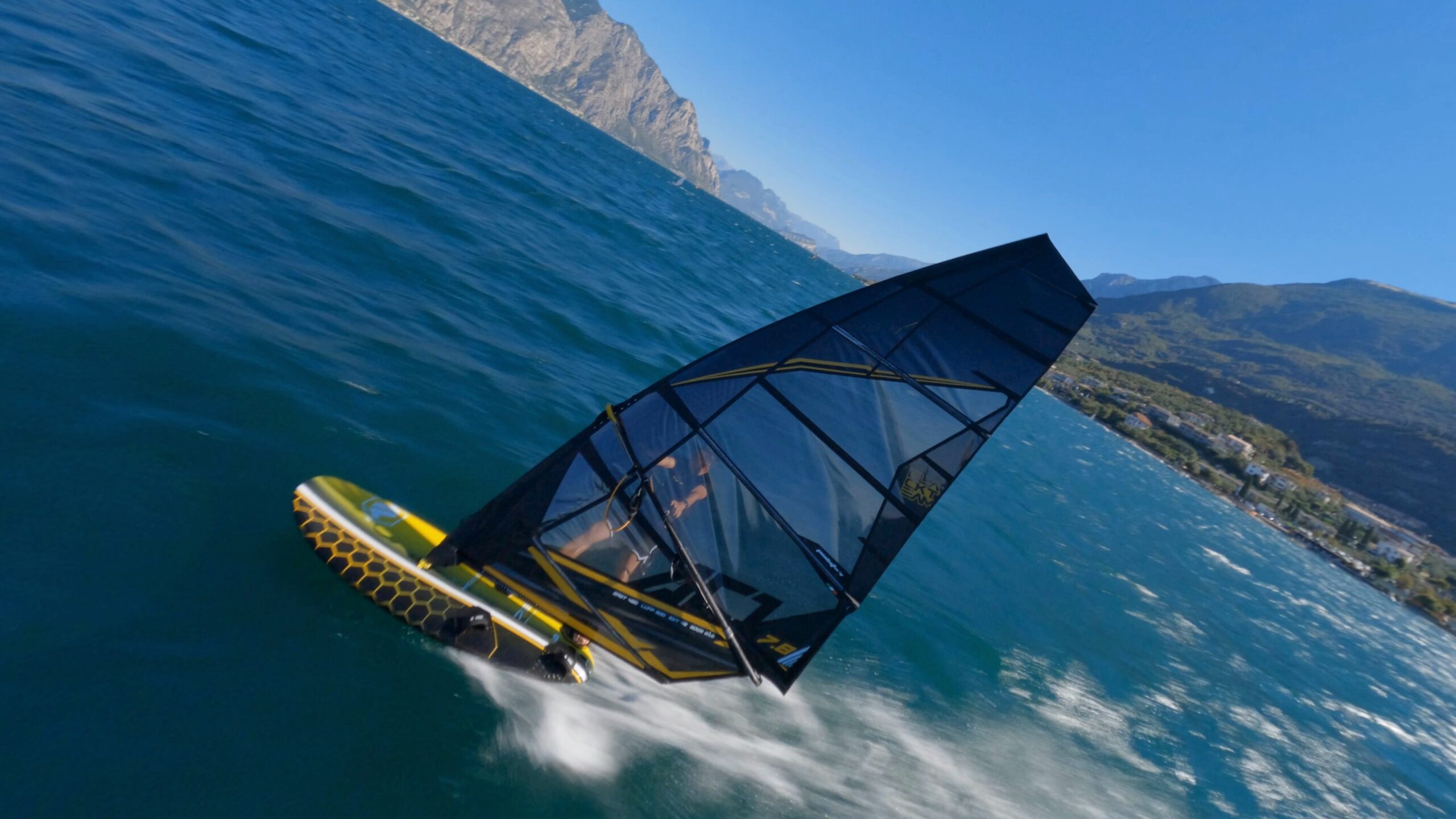
This is what we have been working for on the AC-1 2023. We had to get on the water and there had to be no negative or difficult characteristics on the sail. Did not matter which size! We took around 17 protos and over 40 re-cuts to get the new AC-1 to go this next step of it’s evolution.
You could do development by changing visible things like a strange leach cut, or a different boom size, that would not make any real difference from performance. You can do changes inside the sail that are not visible, but that will change the whole way the sail works.
What has been done was to find a new tension on the mast curve to modify the profile of the sail, without changing the mast curves in order to keep our rigs compatible at all times with the masts we have. From there we had to re-work the sails twist opening to balance the new profile. On the sizes from 6.2 down we have worked also on a new smaller outline starting from over the boom to the head. This is why now they are called 6.0, 5.4 and 4.9.
Is it the best AC-1 ever?
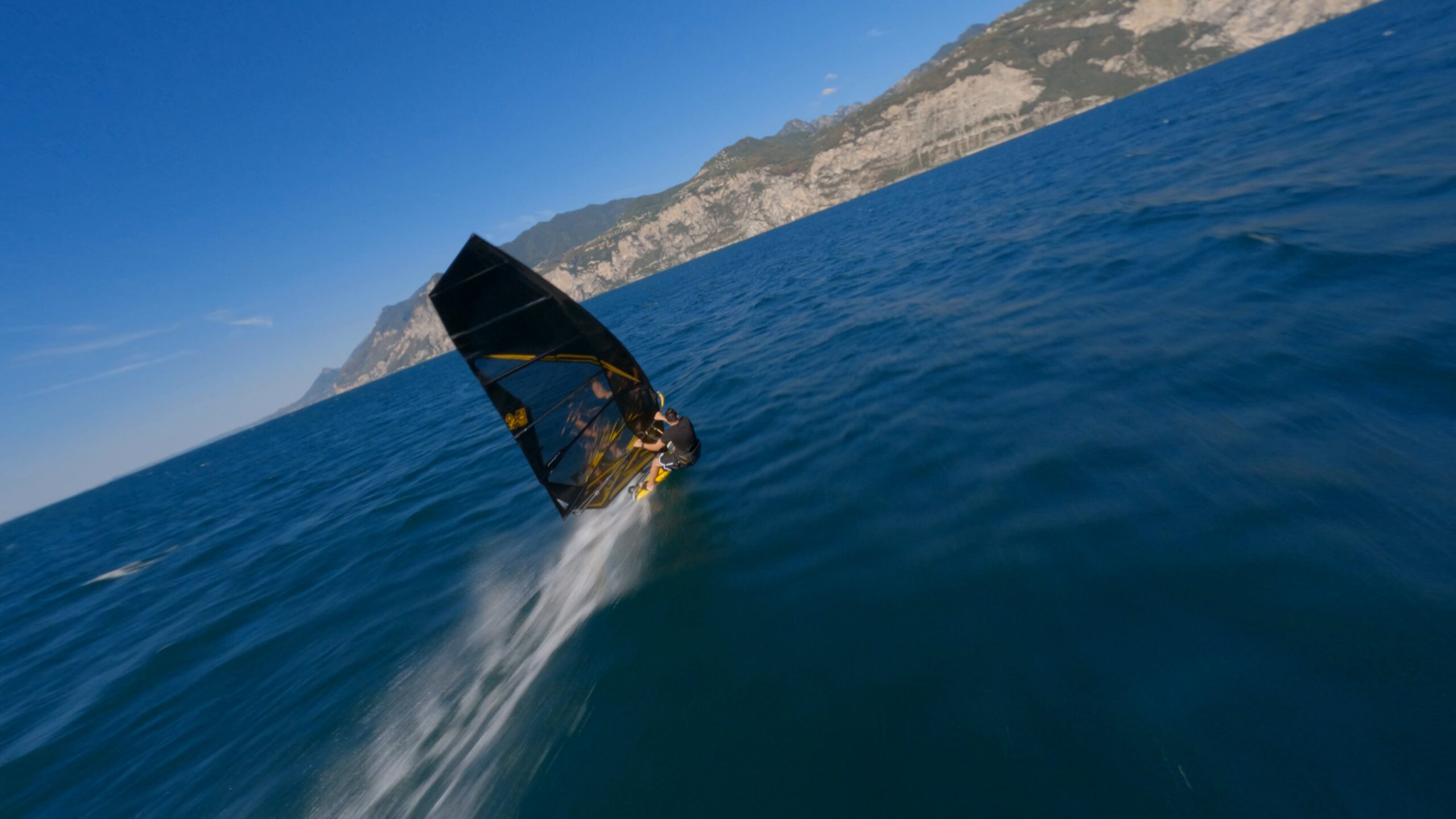
Yes it’s the easiest, the most comfortable. Is there a big difference to 2022. YES THERE IS. Could I go faster if I take the new model? The ease use of the sail will make you not only faster, but use less power, will open up new possibilities you never had on a race course, and if you just want to use it for blasting, you will be able to sail it for much longer then before as it will take less physical power. Is this all true? Sure is, just ask those who have it and they will give you the reply!
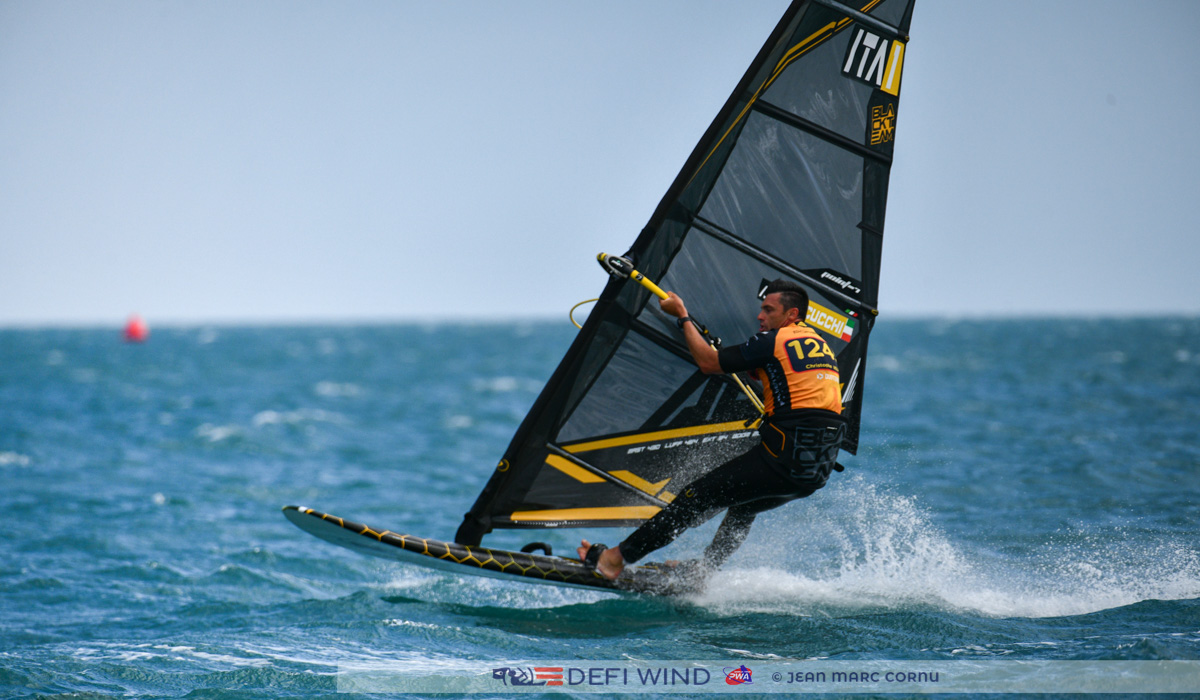
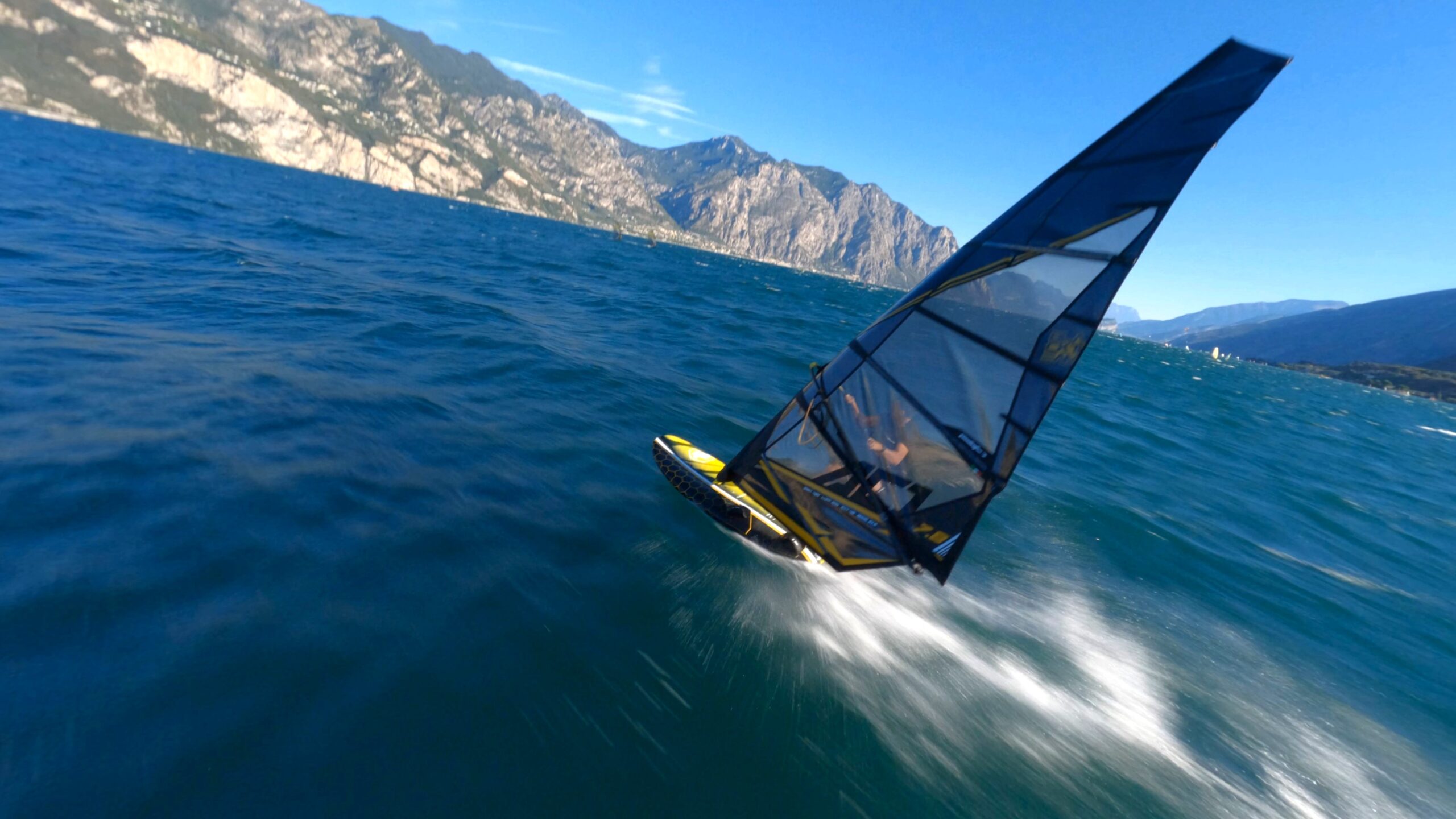
IS THE SAIL TUNED WHEN IT ARRIVES? It is tuned and you can rig it and go, but if you’d like to tune it like the pros do, here are the tips how are Point-7 Black Team does it.
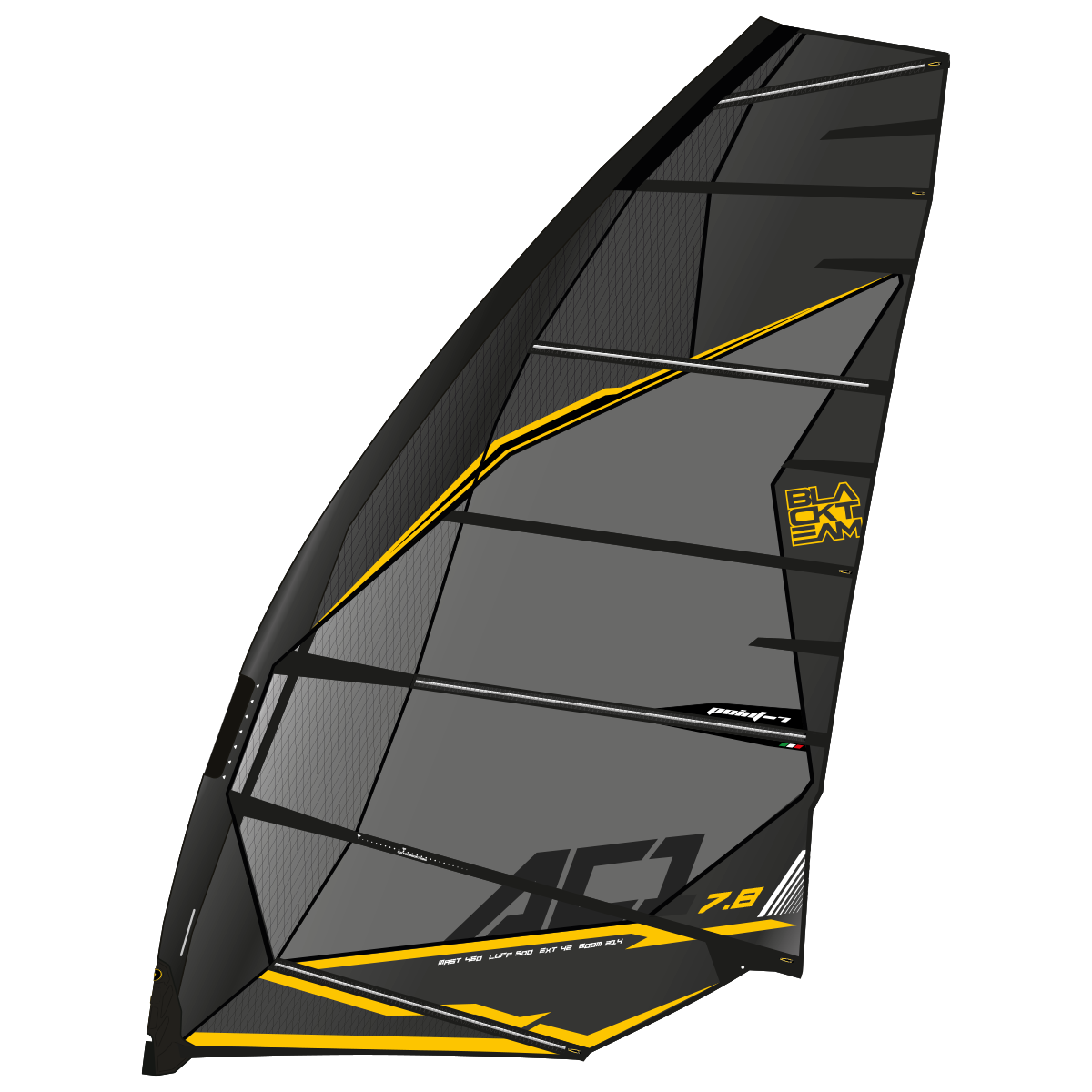
BATTENS: Battens are named by counting them by starting from the top.
Pros like to make sure that batten 4 and 5, have no tension at all. The less tension the better it is. You keep profile of these battens flat at the back, the faster the exit for the wind and better the S-shaping of the sails will work. Once you turn the key and feel some tension, stop there. So release them all, and then turn the batten tensioner till you feel the first tension and then you stop. If when you release the tension fully and still find that the batten has tension, as the pros do, take out the batten and cut at the back 5mm, and put it back in.
For batten 1, 2 and 3 counting from the top, these need to have 2-3 full turns from when you feel the first tension from tightening the battens. The best way to do this, is to release the full tension from the batten tensioner. Then once it’s fully released, start putting batten tension, when you feel the first tension on 4 and 5, you would stop, for on 1,2 and 3 you give 3 extra turns, for 6 and 7 which are the two lowest battens you give also not more than 3 rounds of tension. So if on 4 and 5 you don’t want tension, so that the profile of the battens keep straight to allow s-shaping, for 1-3 you give more tension in order to help the mast bend at the top more, and batten 1 also creates a winglet effect. The lowest 2 battens just need also to follow the strong profile of the sail, and not more. If you over do the lower 2 battens you will limit S-shaping in strong wind, and cam rotation will stiffen up for no reason.
CAM SPACERS: The spacers are loaded the way they should but the pros have added a bit extra pressure on the following cams.
Top Cam of 7.8 and 7.1: Add an extra big spacer of 5mm on the top cam. The spacers are found in the sail bag, and to put them on you need to take out the cam, slide the spacer in the batten, and later the cam back on. On 5.4, even if it seems kind of hard to push cam on the batten, you can add 2x5mm spacers on the top cam. One 5mm spacer will also do the job if it makes it easier for you. Don’t worry of the extra tension you will see on the mast sleeve once the spacer is place on the batten. It will be perfect on sail rigged.
DOWNHAUL TENSION: Follow the instructions for 8.8, 6.0, 5.4, 4.9. For 8.8 do not be scared to give it a bit more incase you want more release on the sail, but for the 6.0 down, don’t over downhaul the sails as these will give you more comfort.
For 7.1 at first 34cm extension will work well by going all the way down with the pulley, but we do advice to place it on 36cm and leave 2.5cm. For 7.8 use 40 and not 42cm extension and leave 1cm to the end.
These is how we have measured the downhaul tensions on panel between batten 2-3. Taking it from the luff seem.
ENJOY IT and 0.7!


